Earlier this week at WWDC 2020, Apple announced its upcoming transition from Intel CPUs to its own “Apple Silicon” for Macs. The new line of Apple Silicon chips are of the ARM-based variety – similar to the A-series chips found in the iPhone and iPad. In this post, I’ll share a few thoughts about how the transition to Apple Silicon may affect musicians, especially those using Apple-developed apps like Logic Pro X and MainStage.
What is Apple Silicon?
Before we dive into the effects of Apple Silicon, we have to first understand what it is. I won’t get into too many technical details because we don’t have too many of those yet, but here’s a bird’s eye view of Apple Silicon.
In 2005, Apple revealed that Macs would be transitioning from PowerPC to Intel CPUs. Fast forward to 2020, and Apple has decided to migrate CPU platforms once again. While the PowerPC to Intel transition was groundbreaking, I think it pales in comparison to the gravity of the switch from Intel to Apple Silicon for one simple reason – Apple Silicon is an in-house solution.
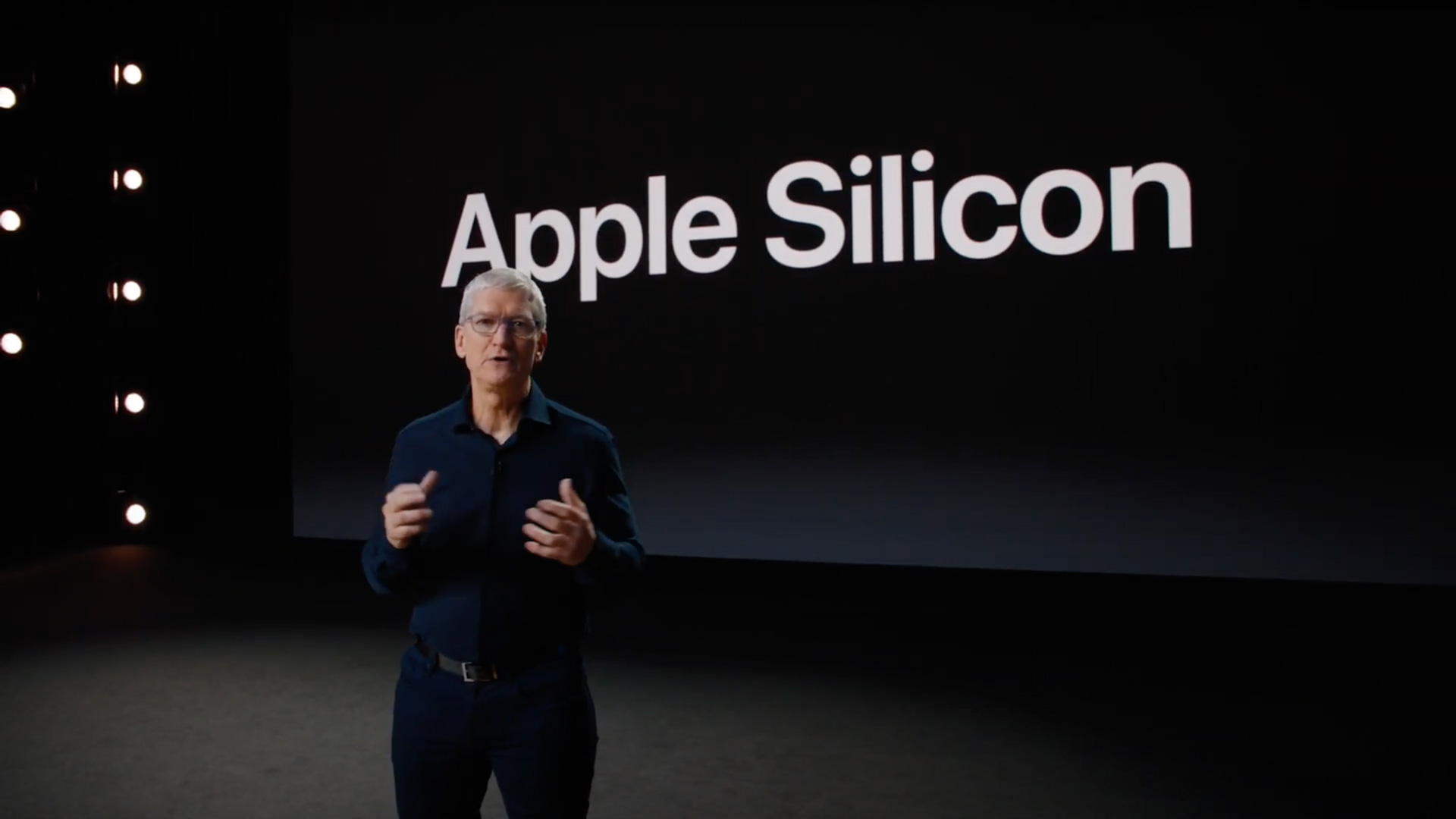
Tim Cook announcing Apple Silicon at WWDC 2020.
To this day, no other computer manufacturer has been able to migrate to a first-party platform like Apple Silicon. When you buy a computer from Microsoft, Dell, or Lenovo, it probably ships with a recent-generation Intel or AMD CPU and the latest version of Windows. As a computer manufacturer, using third-party CPUs isn’t bad per se. Operating a silicon manufacturing business at scale that also constantly innovates on the R&D side is a monumental task – that’s probably why Intel and AMD were the only two real players until this week.
Apple has been building its own A-series ARM-based processors since 2010. The first-generation A4 chip made its debut in the original iPad, and featured a 45nm fabrication process. Apple’s most recent A12Z Bionic chip, which can be found in the latest iPad Pro, is built using a 7nm fabrication process. In terms of performance, Apple’s latest A12Z Bionic chip’s GPU outperforms the original iPhone’s ARM-based chip’s GPU by 1,000x. Spread over 10 years, that’s a ~75x increase in performance per year. Take a moment to think about how absurd that is, and then consider that Apple Silicon is a self-developed platform.
iPhones and iPads are Powerful
What many people don’t realize is that the A-series chips in recent iPhones and iPads are extremely powerful. In fact, they’re more powerful than a lot of the desktop computers consumers tend to buy. According to the reputable Tom’s Guide, Apple’s 2018 iPad Pro outperformed both the Microsoft Surface 6 and a Dell XPS 13" laptop equipped with an Intel Core i7 processor.
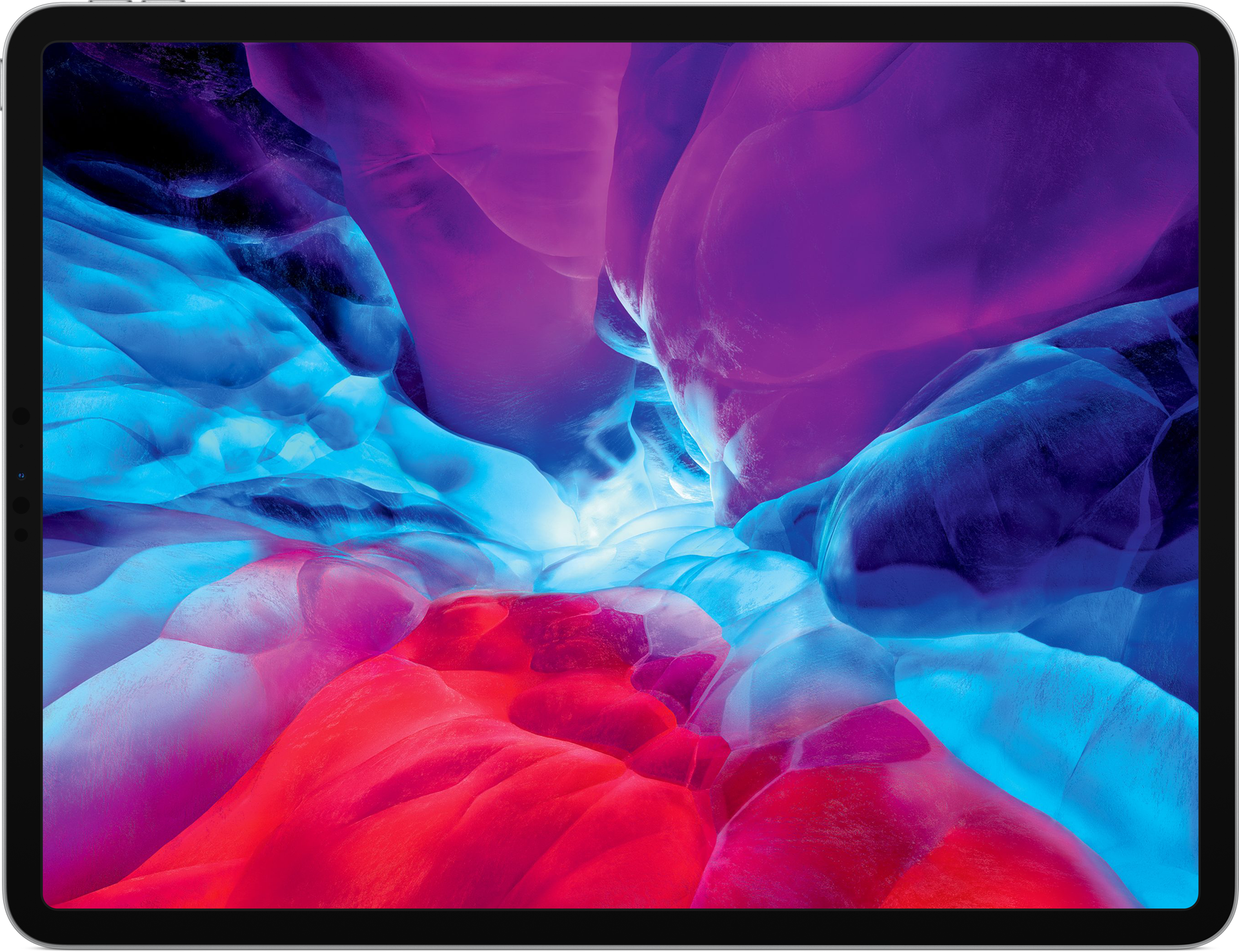
The iPad 2020 is more powerful than many Intel-based computers.
In 2020, iPhones and iPads routinely outperform Intel-based laptops and desktops. Furthermore, they do so with great battery life and 100% passive cooling – thanks to their hyper-efficient ARM-based architecture.
Apple Silicon at WWDC 2020
Now that we’ve established that Apple’s move to its own silicon platform is a huge deal, let’s take a look at a few goodies from the recent WWDC 2020 conference where Apple demoed an ARM-based Mac. There’s still a lot we don’t know about Apple Silicon, but I think my conclusions are reasonable.
An Apple A-series chip isn’t just a “simple” CPU, it’s a complete “system on a chip” or SoC. Apple’s SoCs feature a number of task-specific modules that do a single thing really well. The screenshot below shows what’s included in a typical Apple SoC. Image processing, machine learning, cryptography, video playback, and other everyday computing tasks are offloaded to dedicated low-level processors. This results in much higher performance and efficiency when compared to traditional CPU-only processing.
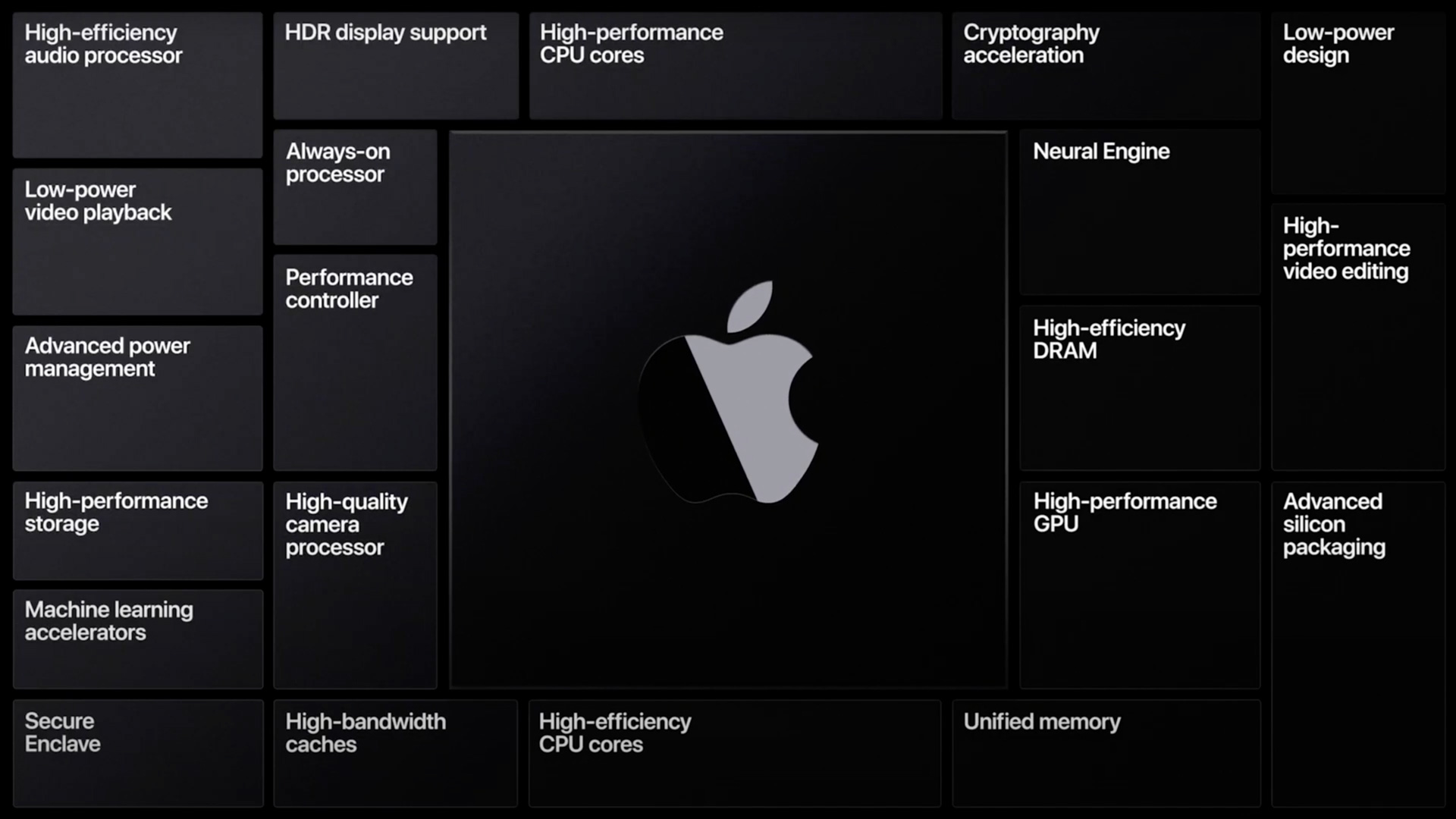
An Apple SoC contains a variety of task-optimized chips.
During the WWDC 2020 presentation, Apple showed off a real-time demo of Maya running on an A12Z Bionic-powered Mac. For reference, the A12Z Bionic is the same chip that powers the 2020 iPad. To be honest, I almost did a spit-take during that demo. Maya is an industry-standard 3D design software.
As with many other 3D-related software products, Maya is typically very resource-intensive. In the demo, the ARM-based Mac was able to handle it without any noticeable issues – all while driving a Pro Display XDR.
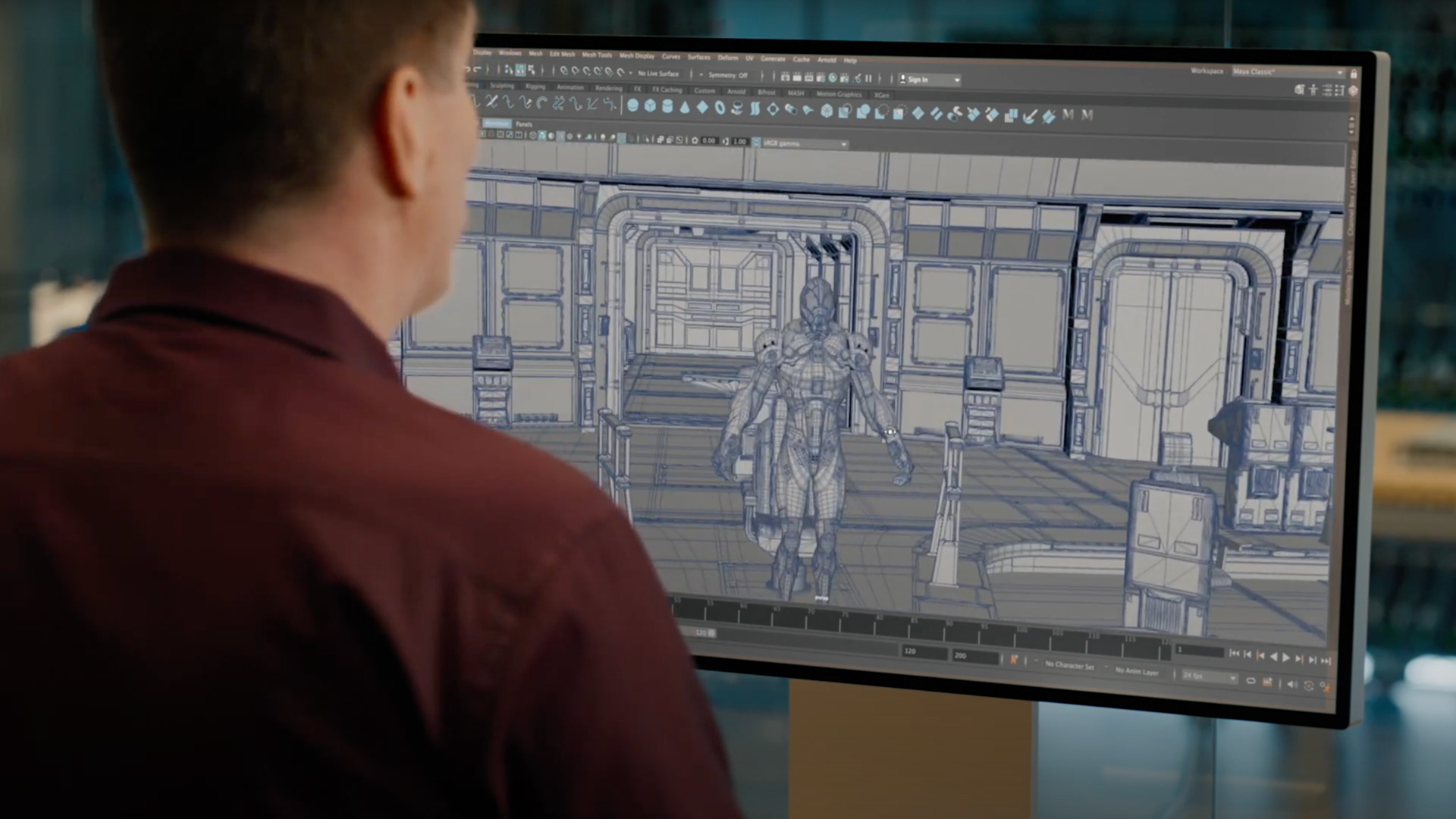
Maya demo on Apple Silicon at WWDC 2020.
Simiarly, the A12Z Bionic’s onboard GPU was able to handle real-time effects in Final Cut Pro, while playing back three 4K video streams at the same time. As someone who spends a considerable amount of waiting time in Final Cut Pro while working on 1080p projects on a $5,000 16" MacBook Pro, I couldn’t believe my eyes when I saw the demo. The contrast is astounding when you realize that an iPad Pro with the same A12Z Bionix chip starts at $799.
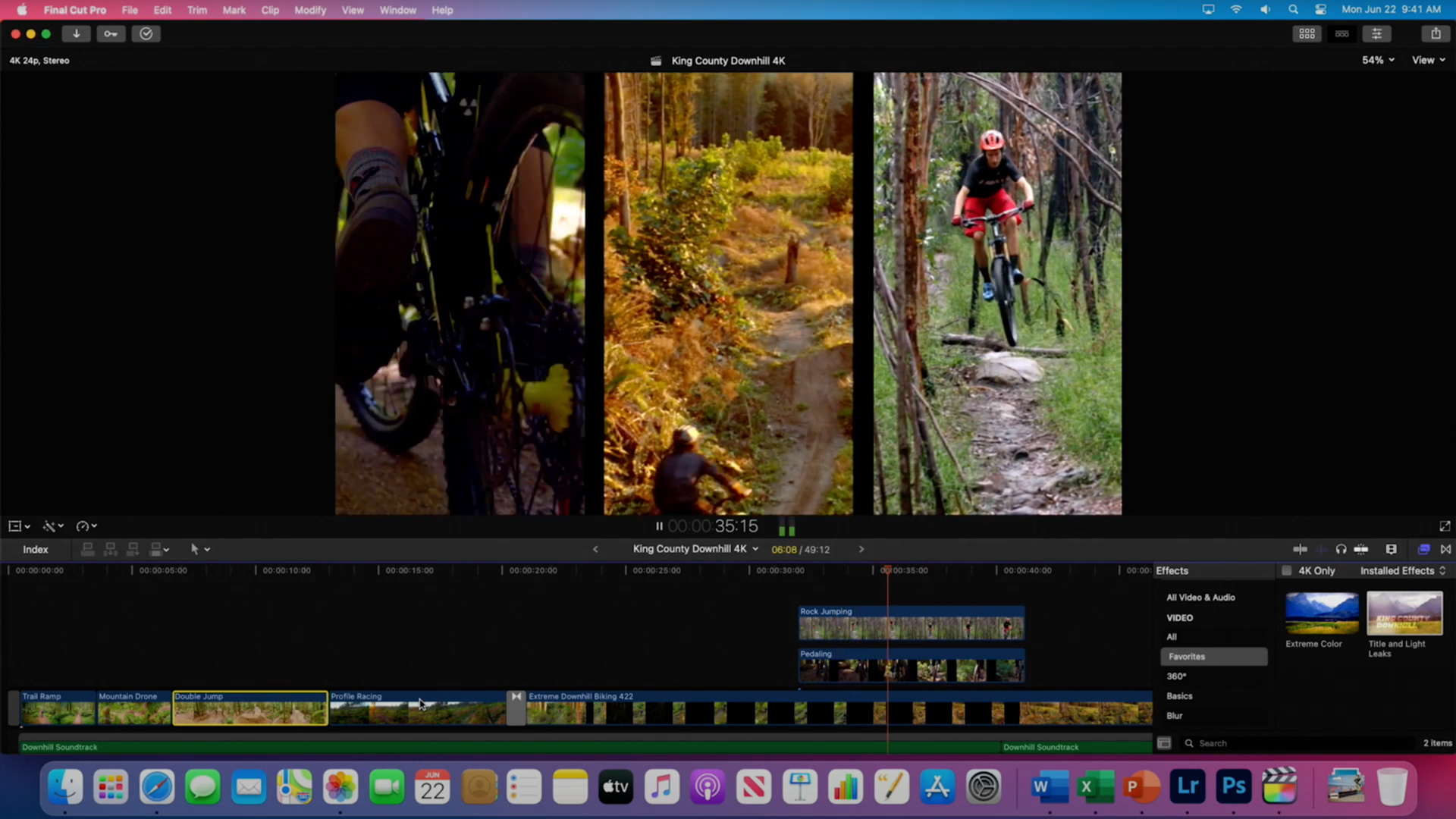
Final Cut Pro X demo on Apple Silicon at WWDC 2020.
What Apple Silicon Means for Musicians
I think musicians – and artists in general – are in for a huge treat. Apple’s WWDC 2020 demo showed us that power of an iPad-class A12Z Bionic chip running popular macOS apps. It’ll be interesting to see what kind of chip Apple comes up with for the Mac. Laptops and desktops have extended thermal envelopes, so a processor that takes advantage of that will be very compelling.
For musicians, here are a few things I’m thinking about.
Higher Performance at the Same Price
Apple Silicon’s ARM-based architecture is more efficient (performance per watt) than Intel CPUs. Moving Macs over to ARM-based processors also allows Apple to achieve a higher economy of scale because it will no longer need to buy processors from Intel. In the long run, this means it’s possible to achieve significantly higher performance at the same price point.
This is great news for music makers and producers who are often unable to afford the computer hardware they really need to make the music they want to make – modern sample libraries and plugins can be very resource-intensive. Again, the A12Z Bionic chip can be found in a $799 iPad. I can’t wait to see what kind of performance Apple can squeeze out of a $999 MacBook Air with an ARM-based processor, let alone a future ARM-based MacBook Pro.
For Broadway shows and other types of shows that use computer-based rigs for keyboard players, mixing, and other tasks, the transition to Apple Silicon may also allow sound designers and programmers to “do more with less”.
Machine Learning and Neural Engine
Apple’s A-series SoCs are equipped with dedicated processors for machine learning and a neural engine. It’ll be interesting to see if Apple or third-party developers take advantage of these chips to build AI-based recommendations into Logic Pro X, MainStage, and other products.
Musicians often get stuck in the “music should be organic, AI is bad” point of view, but I’d argue that it’s too early to jump to that conclusion because no one has really combined music and AI in a seamless manner with really good UX.
I wouldn’t be surprised if Siri turns into an AI that’s capable of understanding a musician’s performance style or mixing tendencies and making recommendations or improvements automatically in the next 4-5 years.
GPU Acceleration for Plugins
Instrument and effects plugins are computationally-heavy, especially things like convolution reverbs, modeled instruments, etc. Apple’s Metal library allows developers to tap into GPUs for complex parallel calculations that traditional CPUs are not good at. As we already know, Apple’s A-series SoCs have excellent GPU capabilities.Combined with other SoC goodies like high-bandwidth caches, performance controllers, and other task-specific processors, we may see a high leap forward in terms of plugin efficiency, usability, and latency.
Low-level access to the GPU may enable developers to build reduce processing latency, which is great news for MainStage users who want to use plugins during live performance with minimal latency.
Summary
I’m really excited to see where Apple Silicon takes us over the next 4-5 years. I think ARM-based Macs have the potential to shake things up and democratize high performance computing for creatives in a variety of industries. Imagine a world where you no longer need a $3,000 MacBook Pro to make the music you want to make without compromising on workflow.
With that said, Apple did state that there are still Intel-based Macs on the horizon, and that the transition to Apple Silicon is expected to take two years. If you’re a musician who’s in the market for a new computer now, I’d recommend waiting for Apple’s first ARM-based Mac, which will be released sometime in the next six months. When that happens, check out the computer and the benchmarks, and move forward from there.
What are your thoughts on Apple Silicon? Let me know.